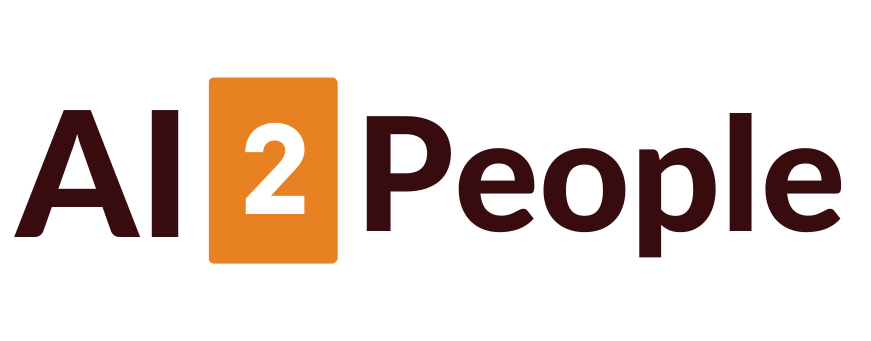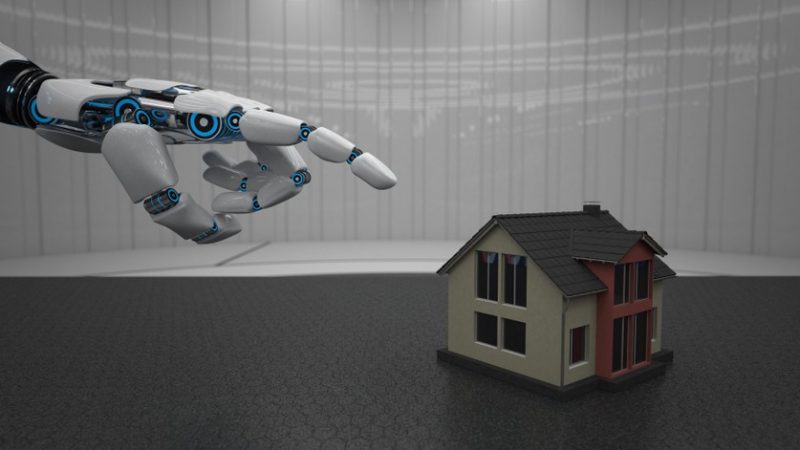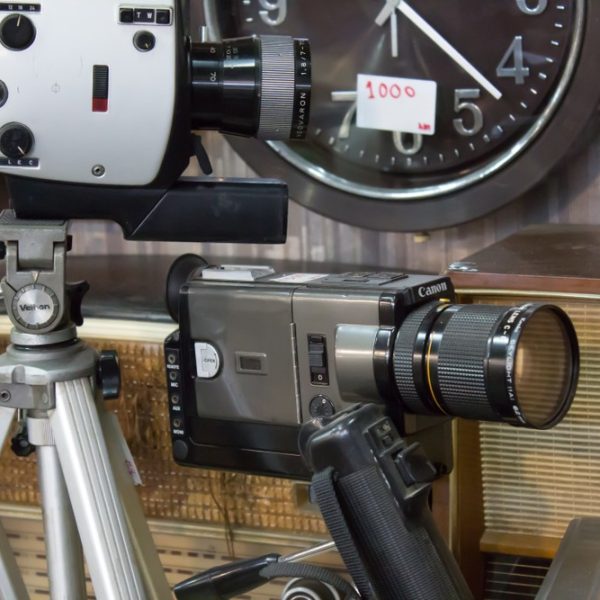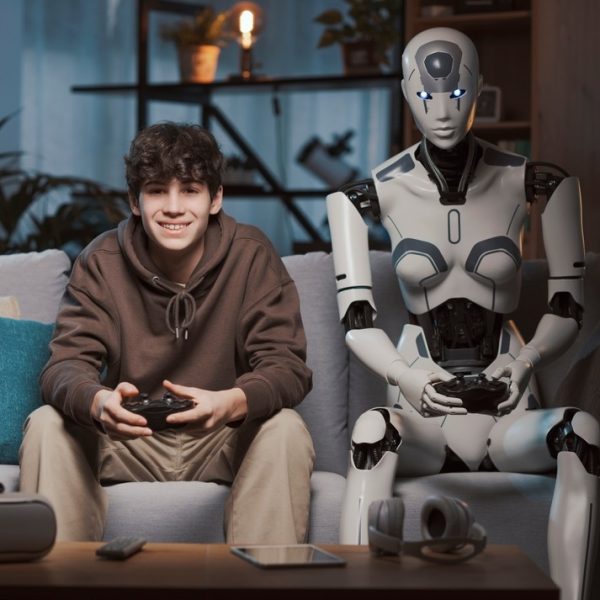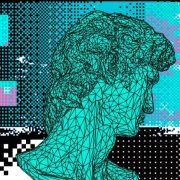
Generating Crosword Clue: Use of AI in Crosswords Solving
Crossword puzzles are a popular and engaging way to pass the time. But have you ever wondered how they are constructed? In this article, we’ll take a deep dive into the world of crossword puzzle construction and show you how artificial intelligence (AI) can help you solve the crossword construction problem.
Our Passion for Crosswords
Many people enjoy playing crossword puzzles, but not everyone can construct them. That’s where our story begins. As a lover of words and puzzles, I’ve always been fascinated by crossword puzzles. However, solving them has never been my strong suit. This all changed when I met Otis Peterson, a gifted student who had been constructing his own crosswords since he was a child. We started talking about our shared passion for crosswords, and soon we were inspired to build our own application for constructing crosswords.
Understanding Crossword Puzzles
Before we delve into the technical details of constructing crossword puzzles, let’s review some basic facts. Crossword puzzles consist of a grid of empty and shaded squares, accompanied by a list of clues. The objective is to fill in the empty squares with letters to form horizontal and vertical answers that match the given clues. Crosswords come in various forms, but most have a set of common constraints. For instance, some publishers require that crosswords have 180-degree symmetry and all answers be at least three characters in length. These constraints can make the puzzles denser and more challenging to construct.
The Crossword Construction Problem
Now let’s talk about the main challenge in constructing crossword puzzles: the Crossword Construction Problem. This problem involves finding a solution to fill in the empty crossword grid so that each horizontal and vertical answer is a valid word in a given dictionary. This task can be complex and time-consuming, especially when the crossword has many constraints.
Using AI to Solve the Crossword Construction Problem
Fortunately, AI techniques can help solve the Crossword Construction Problem. One approach is to use a search algorithm that systematically generates and tests possible solutions until it finds the optimal one. Another approach is to use a machine learning model that learns to predict the probability of a word fitting in a particular square based on its context.
The Importance of Heuristics in Solving the NP-Complete Crossword Construction Problem
Crossword construction is a challenging computational problem that has been widely studied in the field of Computer Science. In fact, the crossword construction problem is considered to be NP-complete, which means that it is one of the most difficult problems to solve computationally. NP-complete problems are known to be computationally hard, and there is currently no known efficient algorithm that can solve them in all cases.
Understanding the NP-Complete Crossword Construction Problem
The crossword construction problem involves creating a crossword puzzle by filling in a grid of black and white squares with words from a given dictionary. The words must intersect at certain squares, and each word must be in the correct orientation (either across or down) and have the correct number of letters.
The NP-completeness of the crossword construction problem means that there is no known efficient algorithm that can solve the problem in all cases. This is because the number of possible combinations of words that can be placed in the grid is exponential in the size of the grid and the size of the dictionary. Therefore, a naive approach that involves trying all combinations of words would be computationally infeasible for large grids and dictionaries.
Our Solution: Heuristics for Efficiently Solving the Crossword Construction Problem
Despite the NP-completeness of the crossword construction problem, we believe that heuristics can be used to efficiently solve the problem for small grid sizes and large dictionaries. Heuristics are problem-solving techniques that are used to find approximate solutions when an exact solution is computationally infeasible.
In our solution, we applied heuristics to continually reduce the number of combinations of words that we have to try from the dictionary at each step. Specifically, we used techniques that were introduced in the paper “Search Lessons Learned from Crossword Puzzles” by M. Ginsberg, M. Frank, M. Halpin, and M. Torrance, which was published in AAAI 1990.
The techniques we used involved pruning the search tree at every step by eliminating words that do not fit in the current partial solution. This technique is commonly used in AI-related algorithms for search, decision making, and games. By pruning the search tree, we were able to reduce the number of combinations that we had to try from the dictionary, making our algorithm more efficient.
Our algorithm was successful in generating standard-sized crosswords (15 by 15) on large word lists containing hundreds of thousands of words. Although our algorithm is not guaranteed to find an optimal solution, it is capable of finding a good solution in a reasonable amount of time.
Creating Classroom Crossword Puzzles: Prior Research and Progress
If you’re a teacher or student, you’re probably no stranger to crossword puzzles. They’re an enjoyable and challenging way to learn and reinforce new vocabulary and concepts. However, some crossword puzzles may be too difficult or restrictive for elementary school students. That’s where classroom crosswords come in.
What are Classroom Crosswords?
Classroom crosswords are less restrictive puzzles that are ideal for elementary school students. They typically have fewer horizontal and vertical answers, making them easier to solve. The lack of strict limitations also allows for more creative and fun puzzles that can engage students while still promoting learning.
Prior Research on Classroom Crosswords
In 2018, Itay Livni and his team presented their research on creating sequenced STEM educational games at PyCon. As part of this research, they designed and implemented a classroom crossword layout generator. This program takes a list of words and generates a classroom crossword puzzle with those words as horizontal and vertical answers.
The program is designed to maximize the number of connections between answers while balancing the puzzle’s height and width. This results in a fun and challenging puzzle that can engage students while promoting learning. Additionally, their research has helped to advance crossword construction algorithms, improving the quality of puzzles produced.
Other Applications of AI
- Application of Artificial Intelligence in Sports
- 10 Best Artificial Intelligence Books You Must Read
- AI Movies: Top 10 Artificial Intelligence Movies You Must Watch
Final Thoughts
Creating classroom crosswords is an ongoing process, and we’re excited to continue advancing our crossword construction algorithms to produce better quality puzzles. We’re grateful for any thoughts, feedback, or comments on our work and hope to continue making progress in this area. Thank you for reading, and we hope you enjoy solving our classroom crosswords!
